The Planet Moja project ratings system helps us assess our partners and balance the project portfolio with projects that represent the things we care about. We look at the underlying technology the project uses to remove or avoid carbon emissions, the objectives of the project, and other project fundamentals. No projects are able to do everything perfectly, it’s why we think a portfolio approach is so important.
Tech Potential
Project Drawdown is an excellent resource that pulls together scientific data to assess the types of technology, or solutions, that can reduce the greenhouse gases in our atmosphere. For each solution, Project Drawdown estimates the potential impact on reducing or removing carbon. We use this data to score projects higher if they are using a technology which has a larger impact potential.
Neglectedness
Some technologies are well proven and have many established projects producing credits. Other technologies have only recently become available on the voluntary carbon markets. We score these nascent technologies higher as we want to encourage the breadth of activities that address climate change.
Biodiversity & Community
We are passionate about the importance of biodiversity for our collective future. We ensure that a significant proportion of our portfolio comprises projects that are able to avoid or remove carbon emissions while also protecting fragile ecosystems. Community engagement is often deeply intertwined and essential for the protection of eco-systems and sustainability of biodiversity-focused projects. When carefully designed, land management projects can improve livelihoods, create employment, protect traditional cultures and endangered species, help secure tenure to lands and resources, increase the resiliency of ecosystems and help to combat climate change. In our scoring we prioritise projects that operate in biodiversity hotspots and have been endorsed by a major wildlife protection programme or explicitly support biodiversity SDGs
Womens Empowerment
We believe it is important to use our platform to prioritise support for projects that empower women, both as beneficiaries and in employment as project managers and staff. We use the SDG for gender and a review of the annual reports and staffing structure of projects to rate each of them.
Cost
The cost of credits can vary significantly. We take this into account to ensure that when we choose more expensive credits for the portfolio, they are truly worth the money and add value to the portfolio as a whole. Carbon removal credits are currently much more expensive than avoidance but are of vital importance, and we will always include them in our portfolio.





